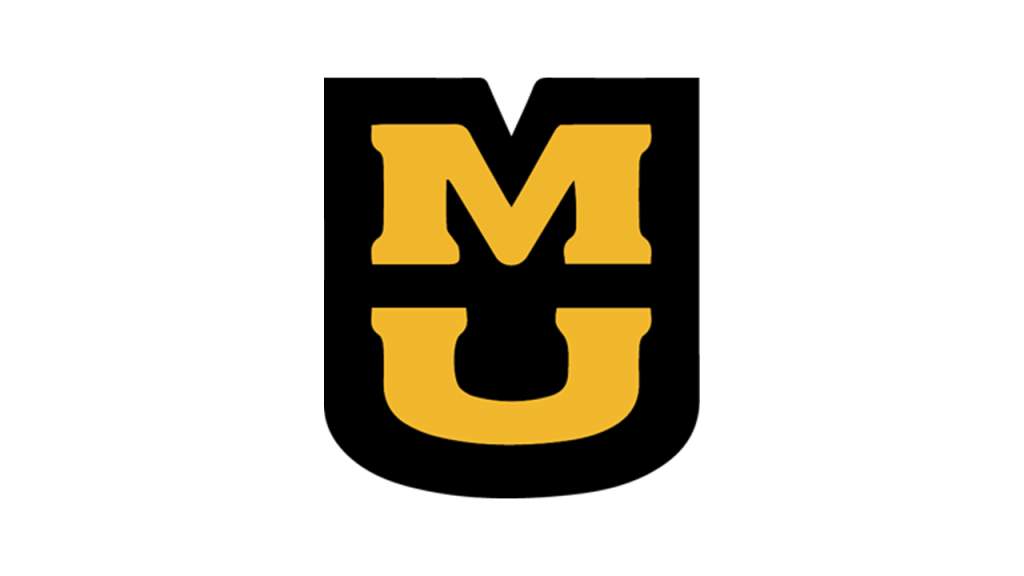Published on
Updated on

Abbie Lankitus / University of Missouri
Published 10/24/2024
Contact: Brian Consiglio, consigliob@missouri.edu
“Boone, George, get up!”
As the pair of 1,500-pound gentle giants begin walking around the College of Veterinary Medicine’s parking lot, their horseshoes clank on the concrete.
The magnificent mules — known for their intelligence, loyalty, work ethic, playful nature and strength — are practicing for an annual tradition: taking first-year veterinary students to class on the first day of school.
Nearby, young mules Rose and Bess call out to express their desire to work, and retirees Tim and Terry closely watch their successors shine in the spotlight.
This is the Missouri mule team, and it’s been a fixture at the University of Missouri since 1984.
In honor of National Mule Day on Oct. 26, here are seven facts about these equine ambassadors and the students who take care of them:
1. Mizzou has three mule teams.
Tim and Terry retired in 2020 after pulling the wagon for 27 years. Boone (named after ragtime pianist and composer John William “Blind” Boone) and George (named after George Washington Carver) are now the main mule team. And Bess (named after Bess Truman, whose husband, former President Harry Truman, was the son of a mule breeder) and Rose (named after Missouri artist Rose O’Neill), are the mule team in training.
2. Mizzou’s mules are well taken care of thanks to the Missouri Method.
At Mizzou, students don’t just learn in the classroom. Opportunities such as the Mule Club provide hands-on experience, a learning philosophy known as the Missouri Method. The club’s executive board provides the mules with daily care throughout all four seasons of the year. The care includes daily feeding, grooming and supervised play time in the pasture behind the College of Veterinary Medicine.
Large mules mean large diets. Each mule eats between 20 and 35 pounds of hay each day. They also drink between five and 20 gallons of water daily depending on the temperature.
Grooming all six mules takes nearly 40 minutes, and up to an hour if the mules played in the mud the day before. Every day, the mules are brushed, sprayed with fly prevention and checked for any bumps or scrapes. Their hooves are cleaned out daily as well.

3. The Mizzou mules have a busy schedule.
As the outreach arm of the College of Veterinary Medicine and goodwill ambassador for Mizzou, the mule team often attends public events, such as the college’s Alumni Weekend, Tim and Terry’s Tailgate (the Mule Club’s annual student recruitment event) and the Mizzou Homecoming Parade. You might also catch them traveling across campus on a Saturday or Sunday morning — getting in some exercise and greeting eager onlookers.
4. They aren’t camera-shy.
Mizzou’s mules love attention. Although their favorite displays of affection are nose rubs and inner ear scratches, they’ll happily pose for pictures with fans of all ages.
5. Not every mule is cut out for Mizzou’s mule team.
In order to be considered for Mizzou’s mule team, a mule has to be a cross between a draft horse and a mammoth donkey, as that specific cross creates what is known as a Missouri Mule. On the outside, they must be physically sound, strong and healthy. On the inside, they must also have the right personality — they can’t be afraid of traffic and new sights and sounds, for instance. Mizzou’s mules must also be good around people and pets.
Learn More About the College of Veterinary Medicine Mule Team
Bonus Facts About Mules
Mules are the official state animal of Missouri.
In the 1800s, Missouri farmers were the first to take female horses and breed them with male donkeys to create the massive draft mules. They were prized animals of pioneers, traders and farmers when the American West was being settled after the Louisiana Purchase. Their vigor, strength, steadiness, force and work ethic were often the difference between profit and loss — or even life and death.
Mules are a hidden icon in Mizzou’s logo.
If you look closely at the iconic block MU logo, you will notice the head of the mule is in between the ‘M’ and the ‘U’. Once you see it, you’ll never unsee it.
